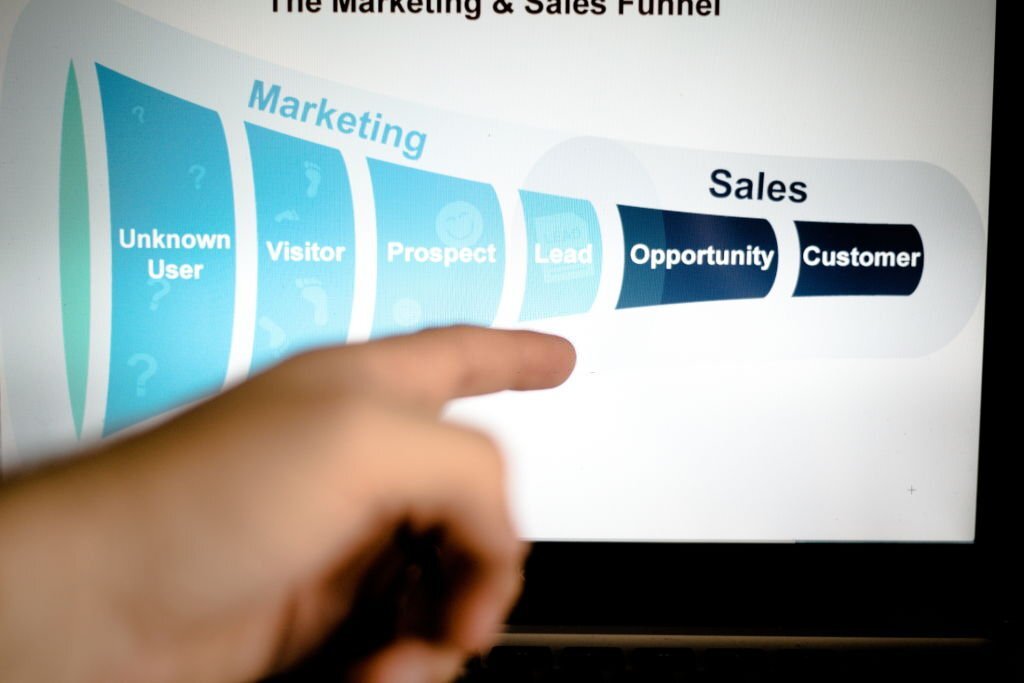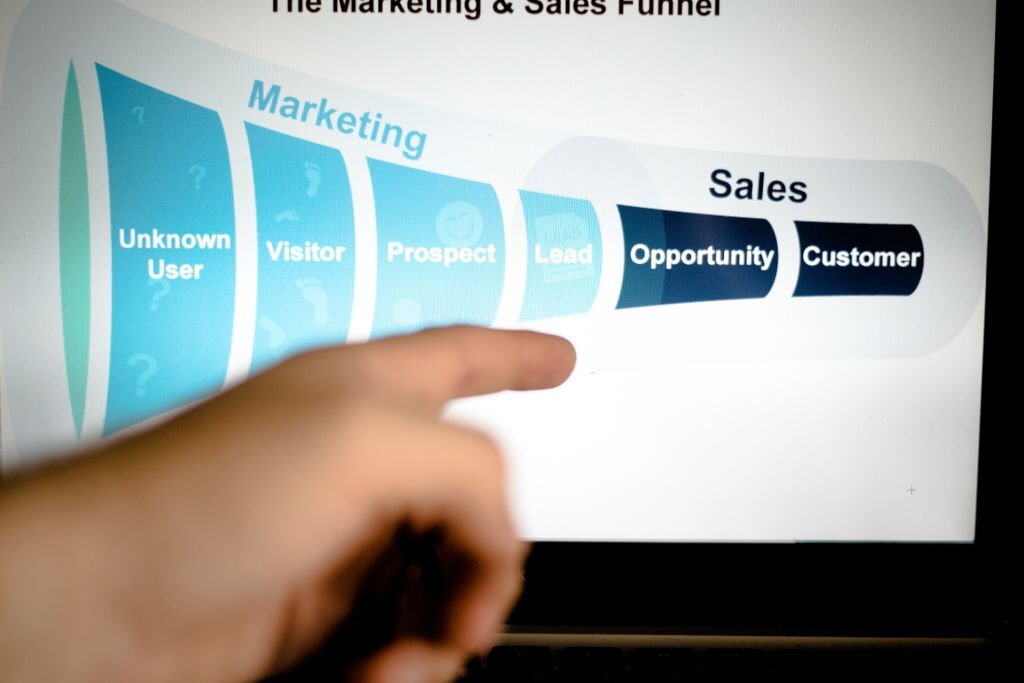How to Build a Full-Funnel Marketing Strategy with Example

In today’s digital age, building an effective marketing strategy is crucial for businesses to thrive and succeed. A full-funnel marketing strategy encompasses the entire customer journey, from awareness to conversion and retention. By implementing a comprehensive plan, businesses can maximize their reach, engage with their target audience, and drive conversions. In this article, we will explore the key elements of a full-funnel marketing strategy and provide a detailed example to illustrate its implementation.
1: Understanding the Full-Funnel Marketing Approach
What is a Full-Funnel Marketing Strategy?
A full-funnel marketing strategy is a holistic approach that addresses every stage of the customer journey. It recognizes that customers go through various stages before making a purchase decision, and it aims to engage with them at each step. The three main stages of the funnel are:
Top of the Funnel (TOFU): Also known as the awareness stage, this is where potential customers discover your brand and products. They are seeking information and solutions to their problems.
Middle of the Funnel (MOFU): At this stage, customers have shown interest in your brand and are evaluating their options. They are considering whether your product or service is the right fit for them.
Bottom of the Funnel (BOFU): This is the decision-making stage. Customers are ready to make a purchase and need that final push to convert. It’s crucial to provide them with the necessary information and incentives to complete the transaction.
Benefits of a Full-Funnel Marketing Strategy
Implementing a full-funnel marketing strategy offers several benefits for businesses:
Increased Brand Awareness: By targeting customers at the top of the funnel, you can expand your brand’s reach and attract a larger audience. Building awareness sets the stage for future conversions.
Improved Customer Engagement: Engaging with customers throughout their journey establishes a relationship and builds trust. It allows you to understand their needs better and tailor your messaging accordingly.
Higher Conversion Rates: By nurturing leads and providing relevant information at each stage, you increase the likelihood of converting prospects into paying customers. A well-crafted full-funnel strategy maximizes conversion rates.
Enhanced Customer Loyalty: A full-funnel approach doesn’t stop at conversion; it extends beyond that. By focusing on post-purchase engagement and retention strategies, you can foster loyalty and turn customers into brand advocates.
2: Developing a Full-Funnel Marketing Strategy
Step 1: Define Your Target Audience
To create an effective full-funnel marketing strategy, you must first identify and understand your target audience. Research their demographics, preferences, pain points, and buying behavior. This knowledge will help you tailor your messaging and select the most appropriate channels for reaching them.
Step 2: Create Engaging Top-of-Funnel Content
At the top of the funnel, your goal is to capture the attention of potential customers. Create valuable and informative content that addresses their pain points and provides solutions. Blog posts, social media content, videos, and infographics are effective formats for generating awareness and attracting prospects.
Step 3: Implement Lead Generation Strategies
To move prospects from the top to the middle of the funnel, you need to capture their contact information. Offer lead magnets such as ebooks, whitepapers, or webinars in exchange for email subscriptions. This allows you to nurture leads and continue engaging with them through targeted email campaigns.
Step 4: Nurture Leads with Middle-of-Funnel Content
In the middle of the funnel, focus on providing more in-depth content that showcases your expertise and highlights the unique value your product or service offers. Case studies, product demos, and customer testimonials are effective tools for building trust and convincing prospects to consider your offering.
Step 5: Drive Conversions with Bottom-of-Funnel Strategies
At the bottom of the funnel, it’s crucial to provide prospects with the final push they need to convert. Offer special promotions, discounts, or limited-time offers to incentivize purchase decisions. Utilize personalized emails, retargeting ads, and persuasive landing pages to guide prospects toward making a purchase.
Step 6: Retain and Delight Customers
Your full-funnel marketing strategy doesn’t end with a successful conversion. To build long-term relationships with customers, focus on post-purchase engagement and retention. Offer exceptional customer service, loyalty programs, and relevant upsell opportunities to encourage repeat purchases and foster brand loyalty.
3: Example of a Full-Funnel Marketing Strategy
To illustrate the implementation of a full-funnel marketing strategy, let’s consider an example:
Company Name: Aiming Solutions
Target Audience: Small and medium-sized businesses seeking cloud-based software solutions.
Top of the Funnel (TOFU): Aiming Solutions creates a series of blog posts and social media content that educates businesses on the benefits of cloud-based software and how it can streamline their operations. They optimize their website for relevant keywords and leverage search engine optimization (SEO) techniques to attract organic traffic.
Middle of the Funnel (MOFU): Aiming Solutions develops a comprehensive whitepaper that dives deeper into the challenges faced by businesses in managing their IT infrastructure. They offer this whitepaper as a lead magnet, requiring prospects to provide their email addresses to access it. They follow up with an email nurturing campaign that provides additional resources and highlights the advantages of their software.
Bottom of the Funnel (BOFU): Aiming Solutions offers a limited-time promotion where businesses can sign up for a free trial of their cloud-based software. They send targeted emails to prospects who have shown interest in the middle of the funnel content, emphasizing the benefits of their solution and offering personalized support during the trial period.
Post-Purchase Engagement: After a successful conversion, Aiming Solutions continues to engage with their customers. They provide onboarding assistance, offer regular software updates, and send newsletters with industry insights and best practices. They also offer loyalty rewards and referral programs to encourage customers to advocate for their brand.
Conclusion
Building a full-funnel marketing strategy is essential for businesses aiming to achieve success in the digital landscape. By understanding the customer journey and implementing targeted strategies at each stage, you can effectively engage with your audience, drive conversions, and foster long-term customer relationships. Remember to analyze the performance of your strategy regularly, make data-driven optimizations, and adapt to evolving market trends. With a comprehensive full-funnel approach, your business can thrive and surpass the competition.
